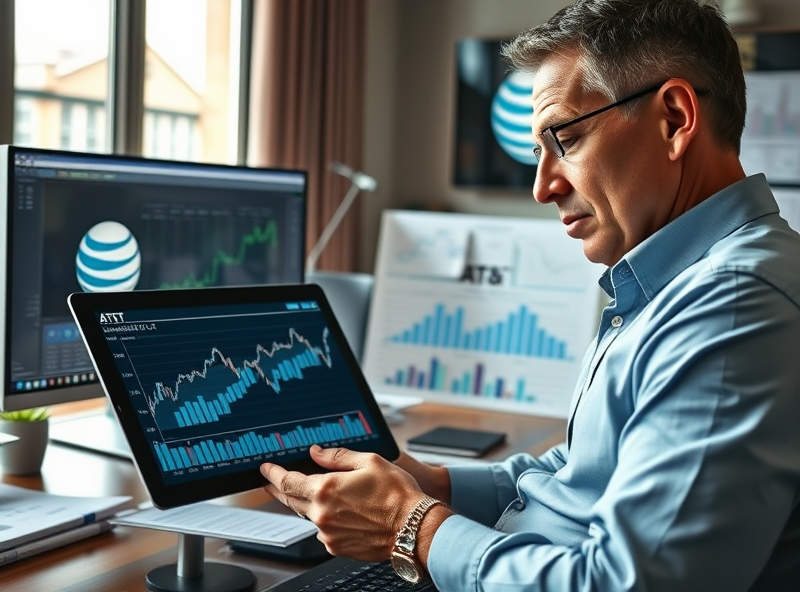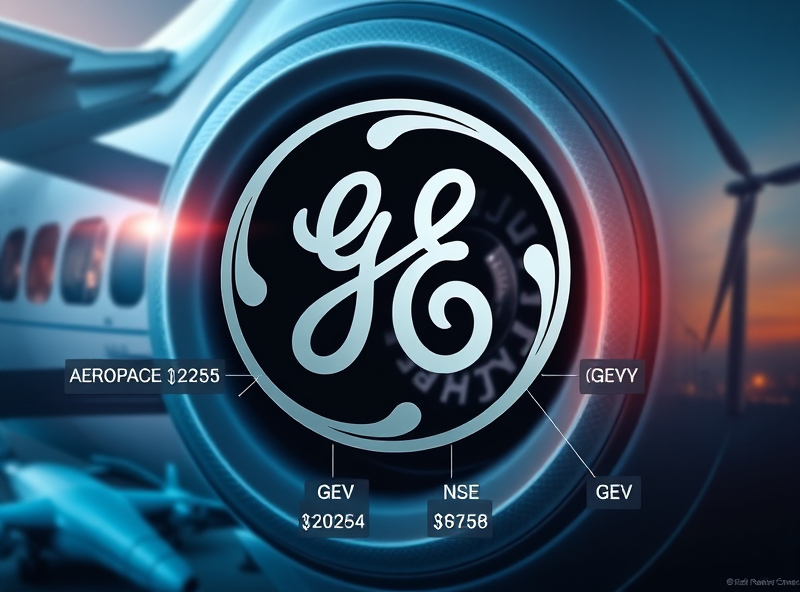
Chevron Dividend Analysis: Yield Strength and Growth Outlook 2025
Attractive Dividend Yield and Industry Comparison
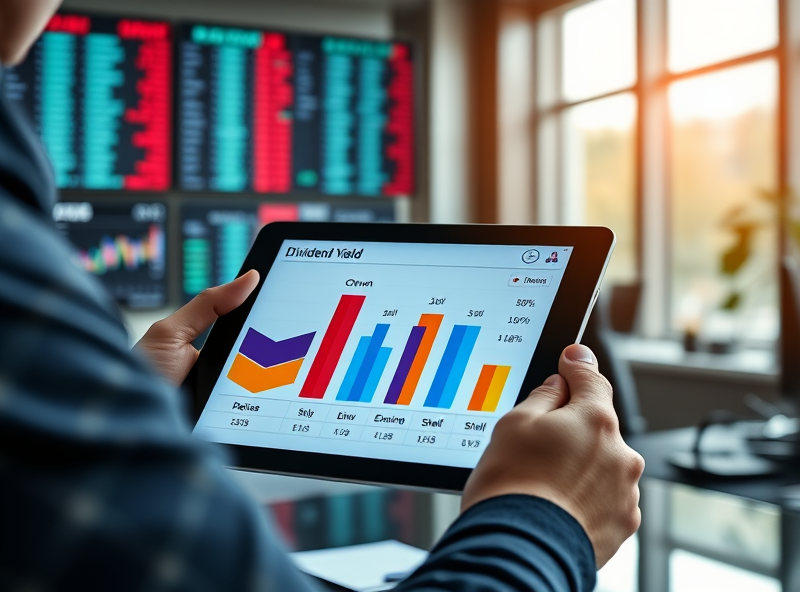
Chevron (CVX) continues to stand out in the energy sector for its robust dividend yield, making it a compelling choice for income-focused investors. As of early 2024, Chevron offers a dividend yield of approximately 4.1%, which is notably higher than the S&P 500 average yield of around 1.5%. This yield not only reflects the company’s commitment to returning value to shareholders but also its financial resilience amid volatile oil prices.
When compared to its industry peers, Chevron’s dividend yield remains competitive. For instance, ExxonMobil (XOM) currently yields around 3.6%, while BP (BP) and Shell (SHEL) offer yields closer to 4.5% and 3.8%, respectively. However, Chevron’s consistent dividend growth and strong balance sheet give it an edge in terms of long-term reliability. The company has increased its dividend for over 35 consecutive years, qualifying it as a Dividend Aristocrat — a status that reflects stability and shareholder-friendly policies.
Looking ahead to 2025, Chevron’s dividend outlook remains promising. With continued investment in upstream operations and disciplined capital spending, the company is well-positioned to sustain and potentially grow its dividend. Additionally, Chevron’s low payout ratio (under 60%) and strong free cash flow generation provide a solid cushion for future distributions, even in a fluctuating commodity environment.
For investors seeking a blend of income and stability in the energy sector, Chevron’s dividend profile is certainly attractive. However, it’s important to monitor macroeconomic factors, such as oil demand and geopolitical developments, which can influence the company’s earnings and dividend capacity.
Source: https://www.chevron.com/investors
Consistent Payout Growth and Dividend Reliability
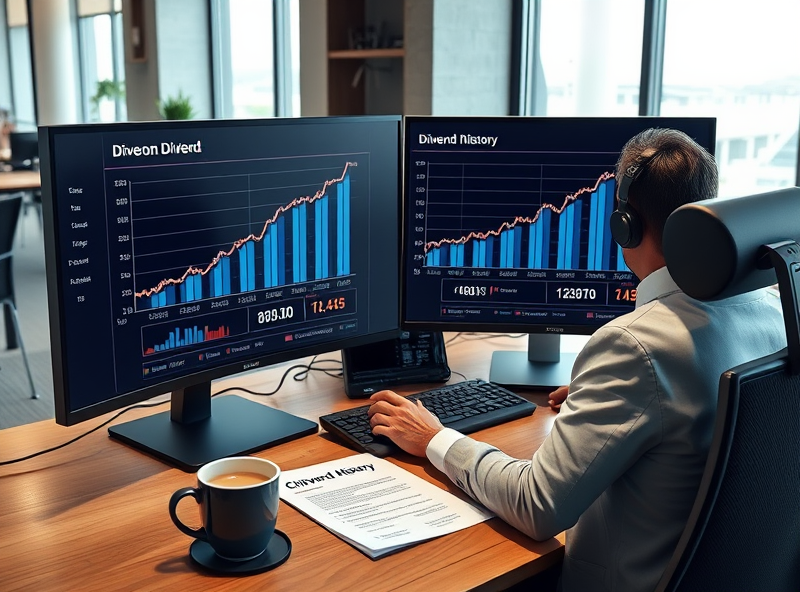
Chevron has long been a favorite among dividend investors, and for good reason. The company boasts a strong track record of consistent dividend payouts, underpinned by a resilient business model and disciplined capital allocation. As of 2024, Chevron has increased its annual dividend for 37 consecutive years, placing it among the elite group of Dividend Aristocrats.
This consistency is not just a matter of corporate pride—it reflects Chevron’s robust cash flow generation, even during periods of oil price volatility. The company’s integrated operations, from upstream exploration to downstream refining, help cushion the impact of market swings, ensuring a stable income stream for shareholders.
Looking ahead to 2025, Chevron’s dividend outlook remains strong. The company’s commitment to returning capital to shareholders is evident in its long-term payout policy, which targets a sustainable dividend even under conservative oil price scenarios. Moreover, Chevron’s low debt levels and efficient cost structure further support its ability to maintain and grow dividends.
For income-focused investors, this means a reliable source of passive income with the potential for long-term growth. Chevron’s dividend yield currently hovers around 4%, which is attractive compared to the broader S&P 500 average. This combination of yield and reliability makes Chevron a compelling choice for those seeking financial stability in their investment portfolios.
For more information on Chevron’s dividend history and payout policy, you can visit their official investor relations page: https://www.chevron.com/investors
Financial Stability and Cash Flow Support
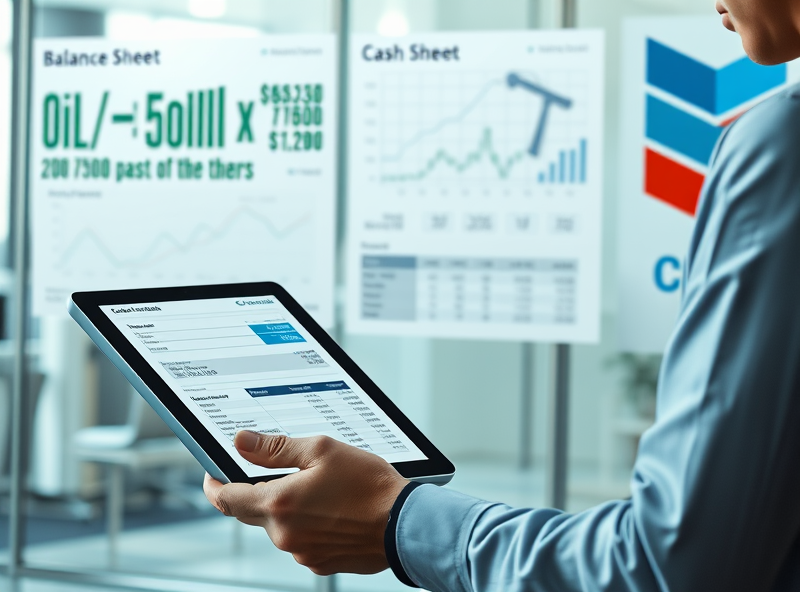
Chevron’s dividend appeal is deeply rooted in its strong financial stability and consistent cash flow generation. These two pillars are essential for investors seeking reliable income, especially in the energy sector where volatility can often disrupt payout consistency.
Chevron has maintained a robust balance sheet, supported by disciplined capital spending and strategic asset management. As of 2024, the company boasts a low debt-to-equity ratio compared to industry peers, reflecting prudent financial management. This conservative approach helps Chevron weather commodity price fluctuations while continuing to fund dividends and capital projects.
Cash flow is another critical factor. Chevron’s free cash flow (FCF) has remained resilient, even during periods of oil price downturns. This is largely due to its diversified upstream and downstream operations, as well as cost-efficient production in key assets like the Permian Basin. With Brent crude prices projected to remain relatively stable through 2025, Chevron is well-positioned to sustain and potentially grow its dividend.
In addition, Chevron’s commitment to shareholder returns is evident in its long-standing dividend track record. The company has increased its dividend for over 35 consecutive years, making it a Dividend Aristocrat. This consistency signals strong corporate governance and a shareholder-friendly policy.
For income-focused investors, Chevron’s financial health and dependable cash flow provide a reassuring foundation for dividend reliability in 2025 and beyond.
Source: https://investor.chevron.com/
Risks, Valuation, and Forward-Looking Potential
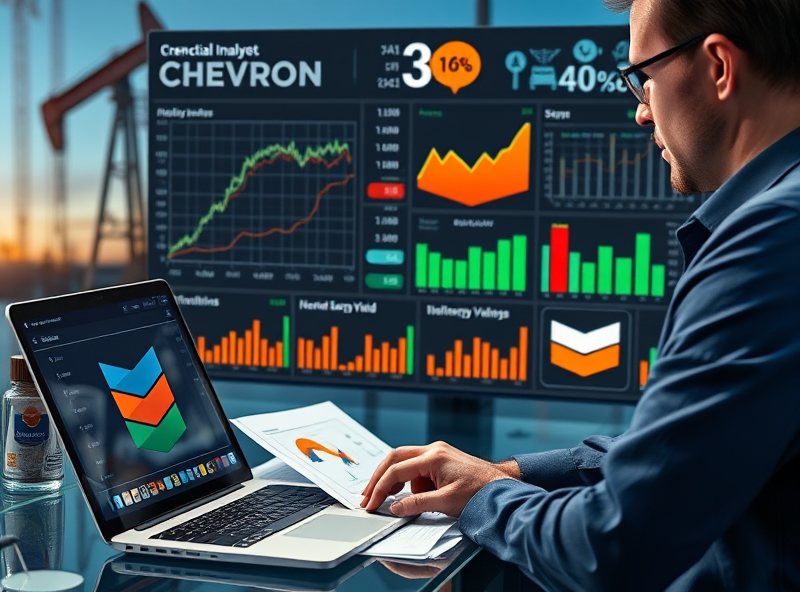
When evaluating Chevron’s dividend outlook for 2025, it’s essential to understand the broader context of risks, valuation metrics, and the company’s long-term potential. Let’s explore these factors to help investors make informed decisions.
Chevron (CVX) operates in a highly cyclical industry, and one of the primary risks is the volatility of crude oil prices. Global economic conditions, geopolitical tensions, and OPEC+ production decisions can all influence oil supply and demand, directly impacting Chevron’s revenue and cash flow. Additionally, environmental regulations and the global push toward renewable energy sources pose long-term structural risks to traditional oil and gas companies.
From a valuation standpoint, Chevron is currently trading at a forward P/E ratio that is slightly below the industry average, suggesting it may be undervalued relative to peers. Its price-to-cash-flow ratio remains attractive, especially considering its strong free cash flow generation. This financial strength supports its consistent dividend payments and share buybacks, which are key elements of shareholder return.
Looking ahead, Chevron’s forward-looking potential lies in its disciplined capital allocation and strategic investments in low-carbon technologies. The company has committed to reducing its carbon intensity and expanding its renewable natural gas and hydrogen projects. While these initiatives are still in early stages, they demonstrate Chevron’s intent to adapt to the energy transition without compromising near-term profitability.
In summary, while Chevron faces notable risks, its strong balance sheet, shareholder-friendly policies, and gradual diversification into cleaner energy sources position it as a resilient dividend payer through 2025 and beyond.
Source: https://www.chevron.com/investors

